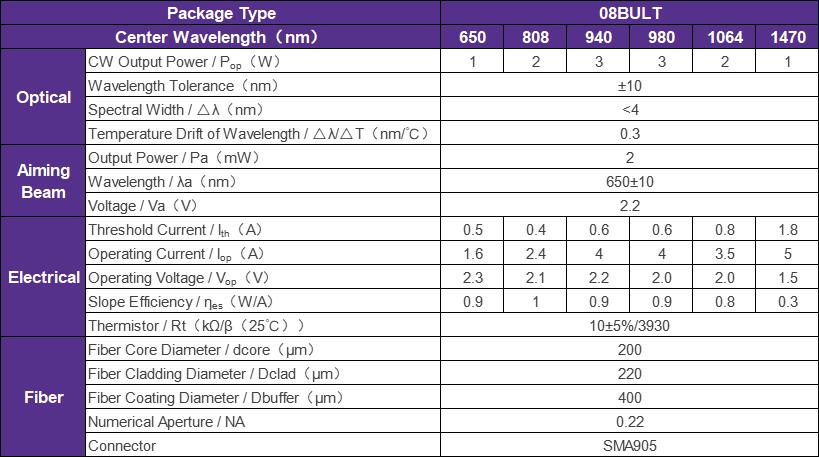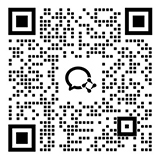Introduction and Application of Pen Dental Laser
With its unique “minimally invasive and precise” laser treatment method, the birth of pen type dental lasers has not only completely changed the face of modern dental medicine, but also brought unprecedented new vitality and broad development space to clinical treatment in the field of dentistry. Through their compact handheld design, these devices can efficiently emit laser beams of specific wavelengths, providing better solutions for different dental applications. Common wavelengths include 650nm infrared laser, 808nm near-infrared laser, 980nm high-energy near-infrared laser, and 1064nm mid infrared laser. Each wavelength has unique characteristics and is suitable for various treatment procedures. Through in-depth exploration of these wavelength pen dental lasers, we can not only gain a clearer understanding of their unique characteristics, but also better tap into their extensive clinical application value.
The 650nm red light wavelength is mainly used for low-intensity laser therapy (LLLT) or photobiomodulation. Its unique microwave energy easily penetrates the epidermal layer of soft tissue, promoting cell repair, reducing inflammation symptoms, and relieving pain wherever it goes. Its main clinical applications include the treatment of oral ulcers, accelerating wound healing, relieving pain, especially in the temporomandibular joint (TMJ) disorders, etc.
Due to the high absorption of hemoglobin and melanin at 808nm wavelength, as well as the low absorption of water by 808nm light, the damage to soft tissues is minimal. Therefore, 808nm laser is highly suitable for surgical procedures on soft tissues. It can provide excellent hemostatic effect and good accuracy, and has good clinical applications for gingivectomy, frenectomy, and crown lengthening. Its maximum deep penetration also makes it particularly outstanding in periodontal treatment. Especially in the treatment of deep periodontal abscesses, good results can be achieved.
Due to the strong absorption properties of 980nm near-infrared light towards water and hemoglobin, it has a wide range of applications in surgical procedures for both soft and hard tissues. Cutting, coagulating, and vaporizing tissues for dental root canal treatment, while disinfecting and sterilizing the root canal. However, its ablation efficiency for hard tissues is not satisfactory compared to other wavelengths.
Due to its deep penetrating power of 1064nm near-infrared and high absorption by human pigment tissue, it has shown good applications in soft tissue surgery such as fibroid resection and biopsy, as well as laser assisted periodontal treatment. In addition, it is also used for teeth whitening and caries detection.
Application in dentistry
Pen dental laser is a multifunctional tool widely used in various fields of dentistry
Laser with wavelengths of 808nm, 980nm, and 1064nm are commonly used for precise cutting and coagulation, and are suitable for soft tissue surgeries such as gingivoplasty, frenectomy, and lesion resection. Its ability to reduce bleeding and postoperative discomfort significantly improves the treatment outcome for patients.
Laser with wavelengths of 808nm and 980nm can effectively remove infected tissue and bacteria in periodontal pockets, promote tissue regeneration, and reduce inflammation, making it suitable for periodontal treatment.
The 980nm wavelength is particularly suitable for root canal disinfection in dental pulp treatment, as it can penetrate deep into the dentinal tubules to eliminate bacteria.
The 650nm wavelength is used for low-intensity laser therapy (LLLT): pain management, reducing inflammation, and accelerating postoperative tissue healing.
1064nm wavelength is used for laser assisted tooth whitening and early detection of dental caries, as it can interact with tooth structure.
Advantages of Pen Dental Laser
Through its unique advantages, such as significantly reducing surgical pain and bleeding, lowering the need for anesthesia, promoting faster healing, and improving surgical accuracy, it has become one of the most promising high-tech developments in the field of dentistry. Its refined design and convenient operation make it a valuable departmental tool and auxiliary tool for dental clinics at all levels and types.
In summary, pen dental lasers with wavelengths of 650nm, 808nm, 980nm, and 1064nm provide dentists with multifunctional, efficient, and patient friendly tools suitable for a wide range of surgeries. With the advancement of technology, these devices are expected to play an increasingly important role in modern dentistry. Beijing RealLight‘s 08BULT diode laser can output lasers of these four wavelengths, and its compact size can perfectly adapt to pen laser devices with various exterior designs.

Disclaimer: Some content in this article is sourced from the internet for technical research and discussion purposes. It is intended for reference and learning only. Please kindly point out any inaccuracies. For copyright concerns, contact us for verification and removal.


